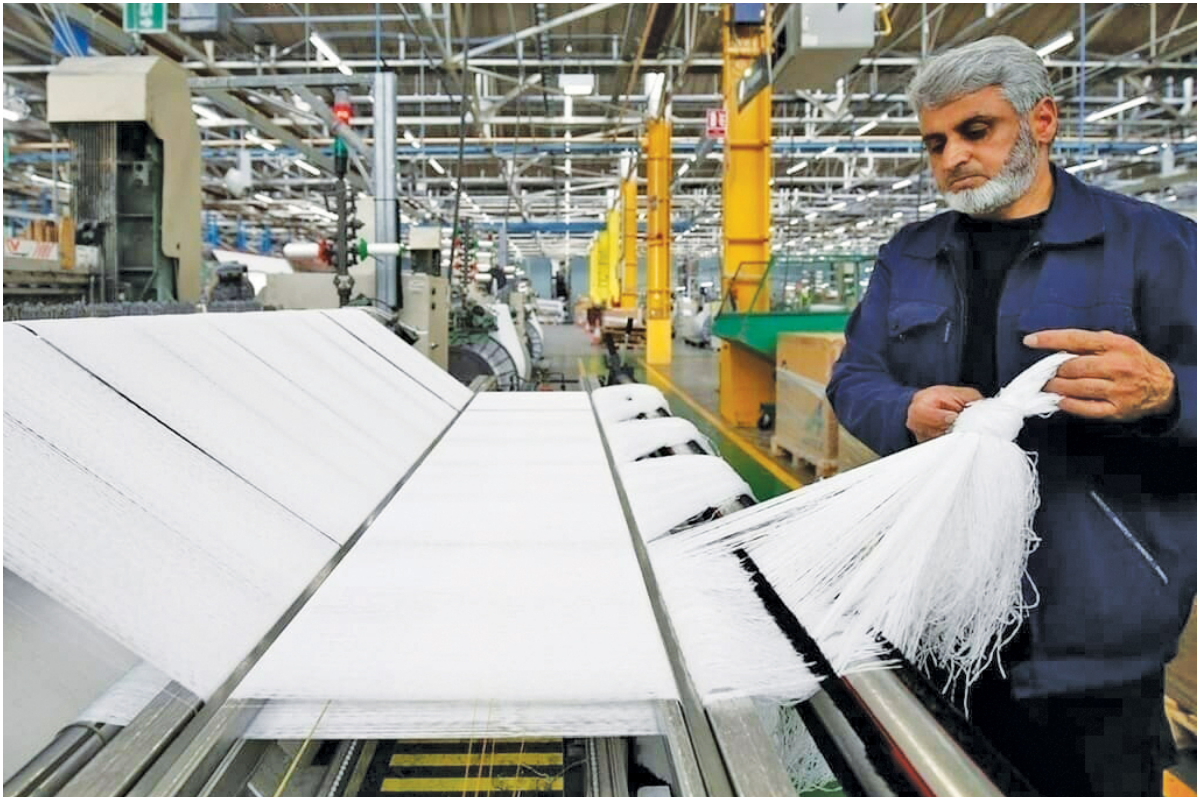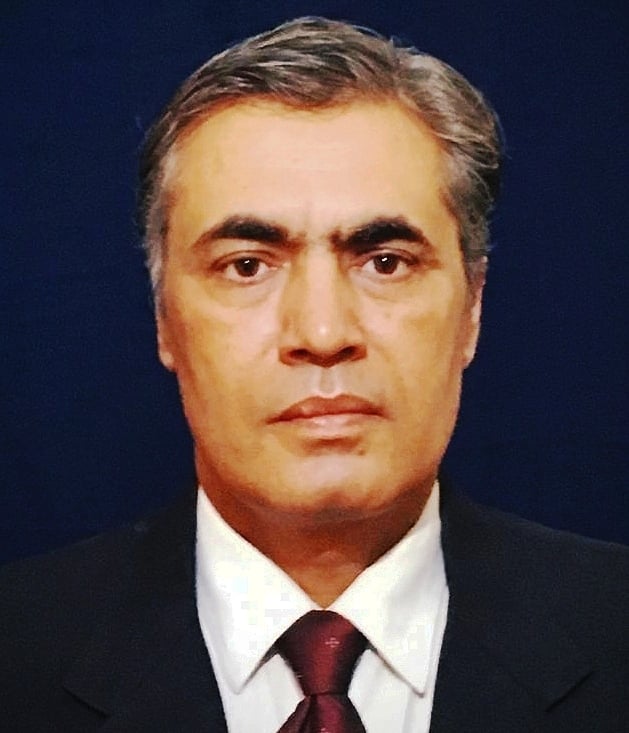
Textile sector facing major headwinds
KARACHI: The textile sector is facing major headwinds due to various factors that emerged after the government took policy initiatives.
The textile exports witnessed a decline of 8 per cent on a year-on-year (YoY) basis to clock-in at $10.04 billion in the first seven months (July-January) of the current fiscal year 2022/23, compared with $10.93 billion in the same period of the last fiscal year.
The slowdown in exports is mainly attributable to muted demand from importing countries due to recessionary fears and inflationary concerns; gas shortages in winters; higher financing cost for working capital; lower cotton arrivals due to flooding and poor yield; and a slowdown in the realisation of the export proceeds due to uncertainty regarding foreign exchange rates.
Analysts at KASB Securities said the sector has underperformed the benchmark index by 17 per cent in the last 12 months. However, they expect the sector dynamics to improve in the second half of the fiscal year 2023/24, as inflationary concerns ease off.
According to the analysts, the global inflation wave compelled the central banks to slow down their economy and combat inflation. The impact has begun reflecting in the consumer spending in key export markets, particularly the US and the UK.
Notably, the export growth for Pakistan’s textiles along with the regional peers (India, Bangladesh and Vietnam) has fallen below the average growth of FY22.
In an effort to revive the International Monetary Fund (IMF) programme, the federal government and the State Bank of Pakistan (SBP) implemented a fiscal and monetary adjustment programme through which they removed exporter-specific incentives and subsidies.
These measures would deteriorate the competitiveness in the global market and hurt the bottom-line of the companies.
The heavy flooding in the second half of 2022 destroyed a significant portion of the cotton crop, compelling the industry to rely on imported cotton.
However, the restriction on the letters of credit (LCs), amid foreign currency shortage and limited supply in the local market would cause a delay in completion of the orders and reduce the textile output.
The industry is capital-intensive, dependent on large investments in machinery to ensure sufficient production levels. The restriction on the LCs compelled the industry to delay its expansion plan, and in some cases, shelf it entirely.
Given the unstable domestic and global economic environments, the analysts have revised the valuations for Pakistan’s textile industry.
With high inflation in the US and Europe, the consumers are spending less on clothing and less purchase is leading to more stock getting piled up at every store.
Various brands have indicated that they are exploring ways to clear excess inventory, including deferring the shipments of finished products or delaying new orders.
The local textile players are expecting order inflows from the fourth quarter of the fiscal year 2022/23, as inventory pile up situation eases off.
This has begun taking a toll on Pakistan’s textile exports. In dollar terms, during the second quarter of the fiscal year 2022/23, the textile exports of $1.4 billion/month were 14 per cent below the previous fiscal year’s monthly average of $1.6 billion.
During the first half of the current fiscal year, the US was responsible for 22 per cent of Pakistan’s total exports. The Fed’s efforts to slowdown the economy have begun to produce results, as the recent two months saw a significant decline in the consumer spending.
Moreover, another key export market of the UK is projected to fall into recession in 2023. A survey conducted by PwC suggested that the recent inflation wave caused 86 per cent of the UK adults to show concern about spending and 46 per cent of the respondents have made a conscious effort to reduce spending. Notably, Goldman Sachs forecasts a 1.2 per cent contraction in the UK’s GDP.
According to the USDA, Pakistan’s cotton consumption is projected at its lowest level in 21 years. Given these factors, the analysts foresee a sharp downtrend in Pakistan’s textile exports for the second half of the current fiscal year, during which the industry’s exports may fall 15 per cent YoY.
However, research analysts at Insight Securities said the local currency remains in spotlight for the last few months, amid abrupt volatility and widening gap between the black market and official rates, resulting in muted inflows from the formal channels.
The appointment of Ishaq Dar as the finance minister, who was advocating for lower foreign exchange rate before resuming the office, shifted the market sentiments that led to the rupee appreciation against the dollar within a few weeks.
Clamping of foreign exchange rate through administrative measures had negative repercussions on the formal flows, resulting in a slowdown in export proceeds and remittances.
However, the government decided to let go of the artificial hold on the currency in the later part of January 2023, resulting in 13 per cent appreciation of the dollar in last 26 days.
In the current scenario, the industries that rely on imports will take a brunt from the rupee depreciation. However, textiles, being the export-oriented sector, would be a major beneficiary of this depreciation.
Catch all the Economic Pulse News, Breaking News Event and Latest News Updates on The BOL News
Download The BOL News App to get the Daily News Update & Live News.








 Read the complete story text.
Read the complete story text. Listen to audio of the story.
Listen to audio of the story.